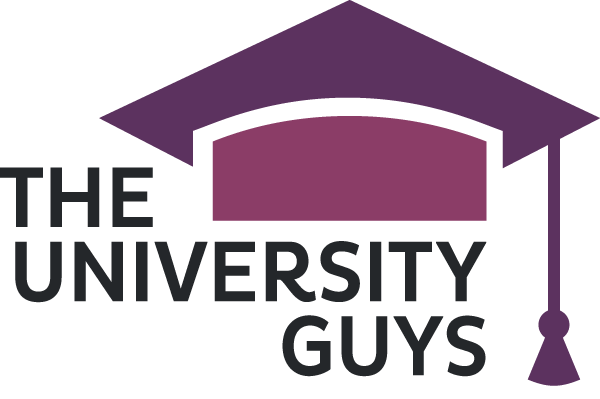Starting to choose US colleges can be daunting. Where do I start? How do I narrow things down? For students, schools and families used to being able to match subject with predicted grades to provide a quick and easy UK university shortlist, the much more opaque US system looks incredibly hard to navigate.
I firmly believe that choosing the right colleges to apply to makes the entire process so much easier. Having a clear sense of criteria at the start makes the rest of the process – particularly the supplemental essays, where students often need to be able to articulate to a college why they feel they are a good match for that particular institution – considerably easier. So, where to start?
Finances
It’s impossible to consider US colleges without having a clear sense of what the realistic financial situation is for a family. Though the UK media would have you believe that the US is awash with full scholarship opportunities, the reality is somewhat different. Knowing how much money you have available to spend on university in the US will help you narrow down the universities that are realistic for you, either because of their overall ‘sticker price’ or the amount of scholarship and / or financial aid they offer.
Location
The location of a university can matter in many ways. As well as the geographic location of the university, you need to consider its location in relation to a means of returning home (in some cases, going slightly further away geographically can actually be nearer in terms of time, if you would have a long bus journey or an internal flight for a college not served by direct flights to home), the location of the college within a city, and the type of community you would like the university to be part of.
Size of University
In the UK and Europe, most universities would be classed as medium and large, with very few small institutions. In the US there is huge variety, from very small universities admitting a few hundred students a year up to universities which can fill 100,000 seater stadia. The impact of the size of the university is varied, from standard of facilities, availability of classes, graduation rates within 4 years and the community aspects.
Climate
Most European students looking at the US won’t give much thought to climate, but in the US it is very common to hear people say they came to a college because they wanted to experience four seasons of weather, or to be able to have an outdoor lifestyle all year round. If you don’t like a lot of snow, or prolonged periods of very hot weather, make sure you factor climate into your search.
Style of curriculum
With a liberal arts model of education across most US universities, understanding what you would have to study at university beyond your major is vitally important. How open is the curriculum? What is in the core? What graduation requirements are there and how do I feel about these? These are all important questions to consider, alongside whether the college does actually offer the areas of study that you are considering for a major.
Tests and Essays
Increasingly, it’s possible to apply to colleges in the US without taking ACT or SAT, which can significantly reduce the amount of work to prepare to apply. If test optional or test flexible is your goal, then you need to make sure that the universities on your list support these policies.
Alongside these, not every college asks for supplemental essays and many will have relatively easy questions to answer. If you’d like to reduce the burden of writing, then considering how long the application will take is a good idea.
Extra Curriculars
Access to things outside of the classroom is a huge part of the attraction to studying in the USA. If you want to surf, or ski, or perhaps even both, then why not choose a college which allows you to? What about music or politics or mountaineering or many other myriad things? Looking for colleges which give you access to much more besides academics can really help you narrow it down.
There are indeed many more factors which can come into play here, including religion, political culture, varsity sports, the number of international students and more, but the above is a good starting point when trying to narrow down your list.









